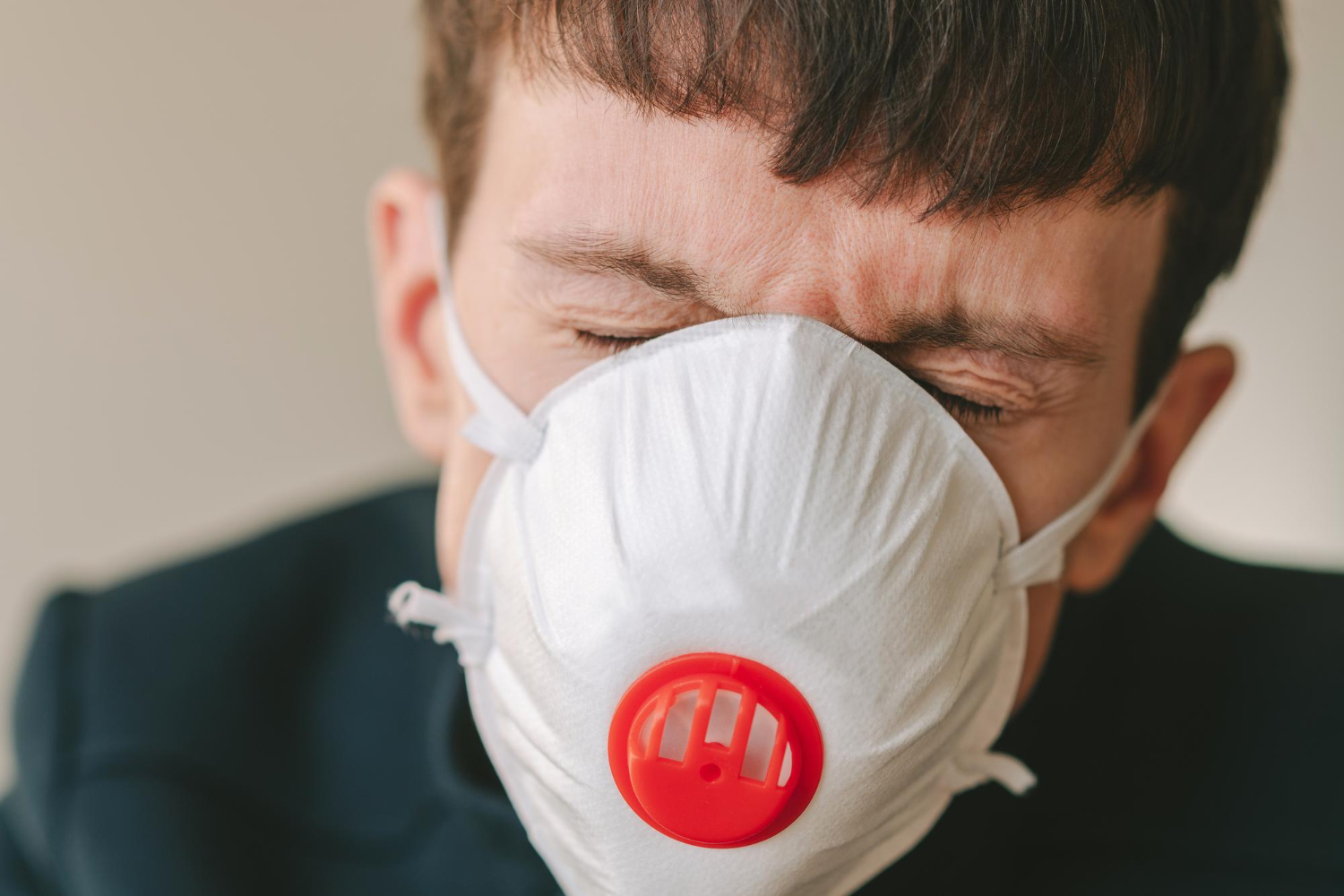Protect your home and family from the dangers of carbon monoxide (CO) with these essential home safety tips. Learn why heating system maintenance matters and how to detect and prevent CO leaks.
What Is Carbon Monoxide and Why Is It Dangerous?
Carbon monoxide is a colorless, odorless gas produced when fuels like natural gas, propane, or oil burn incompletely. It’s extremely dangerous because it’s impossible to detect without specialized equipment, earning it the nickname “the silent killer.” High levels of carbon monoxide exposure can result in symptoms like dizziness, headaches, and nausea, and prolonged exposure can lead to serious illnesses or even death. Protecting your home’s air quality should be a top priority for every homeowner in San Antonio.
Common Causes of CO Leaks in HVAC Systems
Heating systems, especially older or poorly maintained ones, can sometimes leak carbon monoxide. Here are some common culprits:
- Cracked Heat Exchangers: One of the most common causes, a heat exchanger crack allows CO to escape into your home.
- Blocked Ventilation: Obstructions in the flue or exhaust pipes prevent proper ventilation and can cause CO to back up into your home.
- Incomplete Combustion: Malfunctioning burners or equipment not adjusted correctly can result in incomplete combustion, producing more carbon monoxide.
- Aging Furnaces: Older units are more prone to wear and tear, increasing the risk of leaks.
Keeping your furnace and other heating equipment in good condition is a key step in preventing carbon monoxide issues.
Warning Signs and the Importance of a CO Detector
Because carbon monoxide is invisible and odorless, warning signs are not always noticeable. However, here are some red flags to watch for:
- Yellow or flickering pilot lights (instead of blue flames).
- Soot or black streaks around your furnace.
- Excess moisture on windows or walls.
- A burning or musty smell when your heating system is running.
The best line of defense is installing carbon monoxide detectors throughout your home. Place them near bedrooms and fuel-burning appliances. Test the batteries monthly and replace the detectors every 5–7 years. These affordable and easy-to-install devices can save lives by giving you an early warning if CO levels rise.
Role of Professional Inspections and Maintenance
Regular heating system maintenance is essential for carbon monoxide safety. A professional HVAC technician will:
- Inspect and clean your system to ensure it operates efficiently.
- Check for cracks in the heat exchanger or other damage.
- Examine ventilation and ensure exhaust systems are clear.
- Test burners and adjust them for optimal combustion.
Scheduling professional furnace inspections annually can detect and resolve potential CO issues before they become a serious threat. It’s an investment in your family’s health and peace of mind.
Stay Comfortable All Year Long with Zero Heating A/C and Refrigeration
At Zero Heating A/C and Refrigeration, we’re committed to keeping your home safe and comfortable. Whether you need a routine furnace inspection or a complete heating system replacement, our expert technicians are here to help. We proudly provide reliable, energy-efficient HVAC solutions to homeowners in San Antonio, Texas.
📞 Click Here to Schedule a Call today at (210) 900-0824 or 📧 email info@zerohvacandrefrigeration.com to schedule your service or get a free estimate. Don’t wait contact us now to protect your home and family from carbon monoxide risk!
- Image 2: “prevent carbon monoxide poisoning “





